The Essex Bridge in Staffordshire stands as a remarkable testament to England’s medieval heritage, boasting the title of the longest remaining packhorse bridge in the country. Dating back to 1550, this Scheduled Monument and Grade I listed structure spans the River Trent near Great Haywood, offering a glimpse into the past and a connection to the Tudor era.

Commissioned by the Earl of Essex for Queen Elizabeth I, the bridge was intended to facilitate the Queen’s hunting expeditions in the nearby woodland during her visits to the estate. Queen Elizabeth I, renowned for her influential reign from 1558 to 1603, was the daughter of King Henry VIII and Anne Boleyn, leaving an indelible mark on English history.
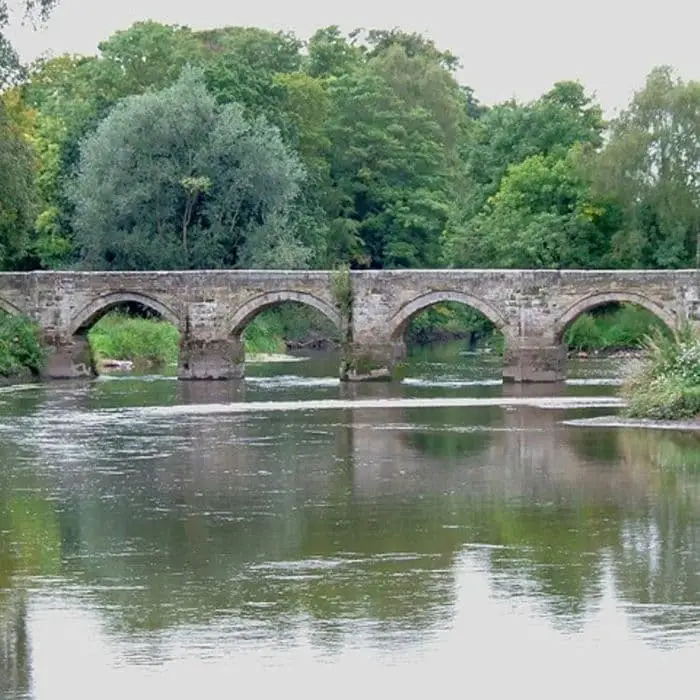
Despite the passage of centuries, The Essex Bridge retains much of its original character, with 14 of its original 40 round span arches still standing. Described as “probably the least altered old bridge in the county,” it continues to serve its purpose, remaining in use to this day.
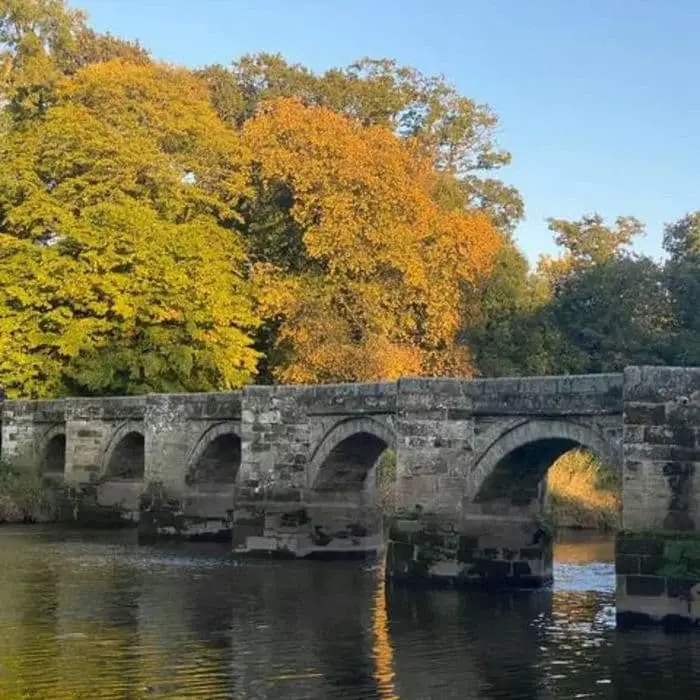
During the medieval period, multi-span bridges like The Essex Bridge were vital for facilitating pedestrian and packhorse traffic across rivers and streams. Constructed primarily of stone and later brick, these bridges represented significant engineering feats of their time, often maintained by the church, guilds, or landowners.
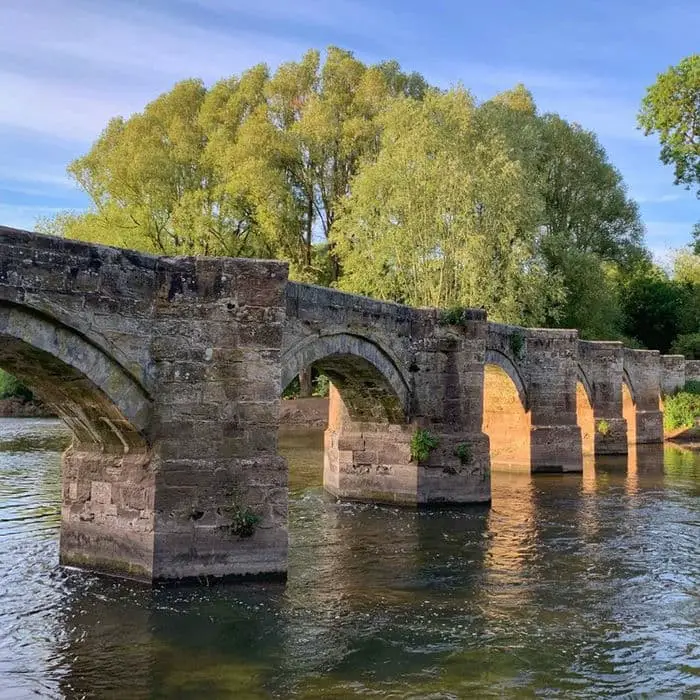
The survival of The Essex Bridge as the longest remaining packhorse bridge in England is a testament to its historical importance. While many similar bridges have been rebuilt or replaced over the centuries, this enduring structure stands as a rare and invaluable relic of England’s past.
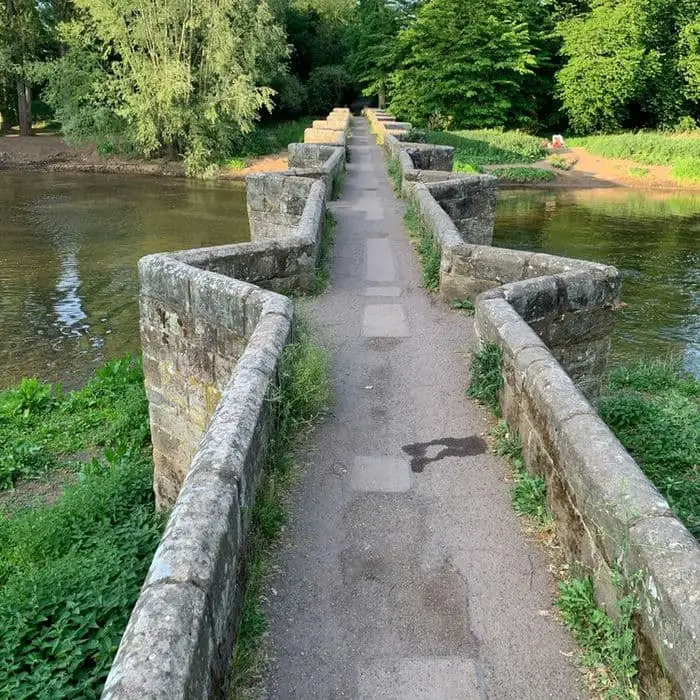
Visitors to The Essex Bridge can marvel at its medieval craftsmanship and picturesque surroundings, immersing themselves in centuries of history. Nearby attractions, such as the ancient Stafford Castle, offer further opportunities to explore the region’s rich heritage and architectural legacy.
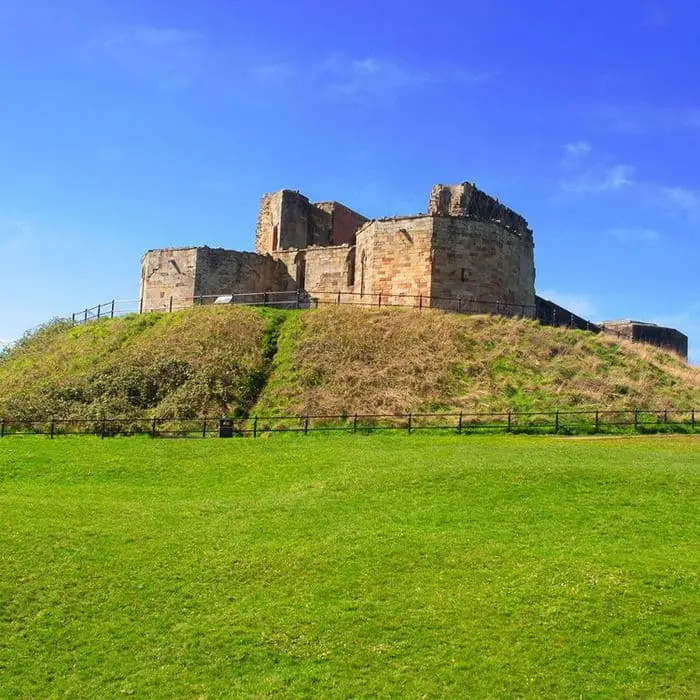
For those eager to experience a piece of England’s medieval past, The Essex Bridge beckons with its timeless charm and significance. Plan your visit to this historic landmark and embark on a journey through time along the tranquil banks of the River Trent.

